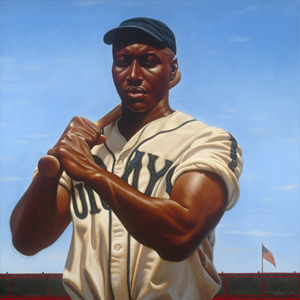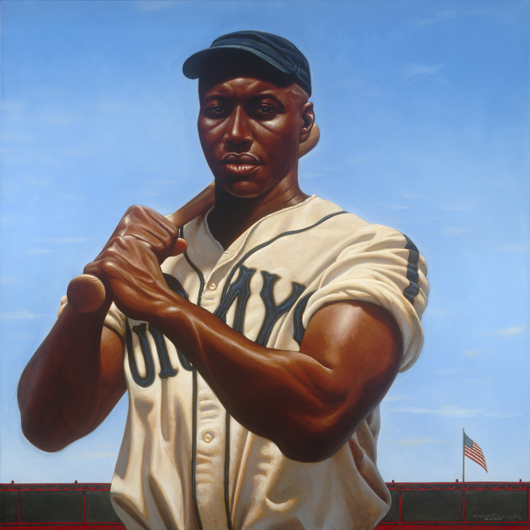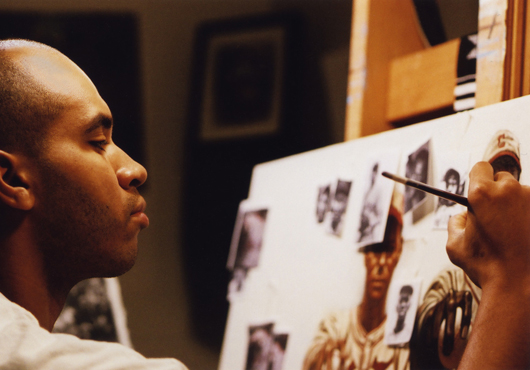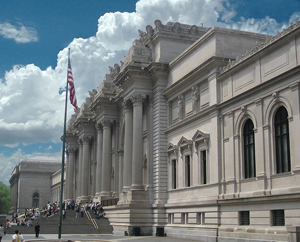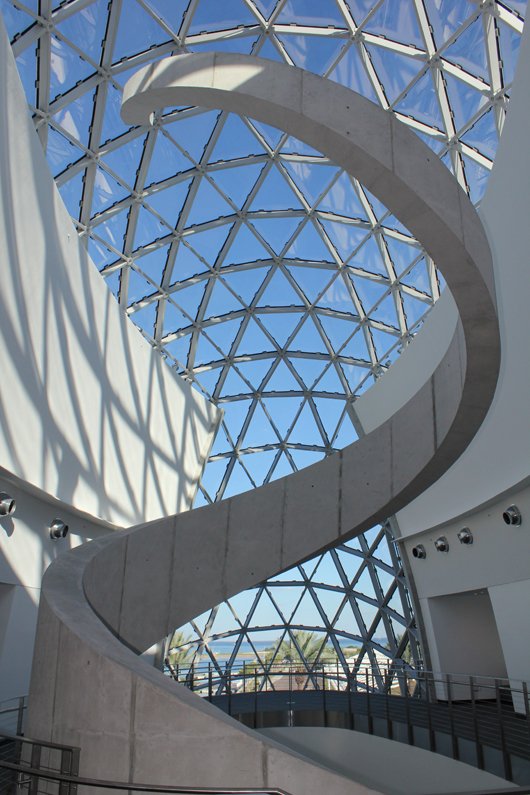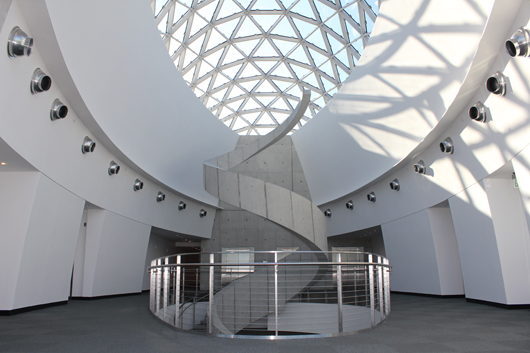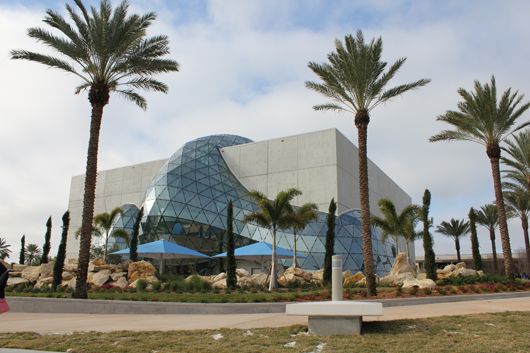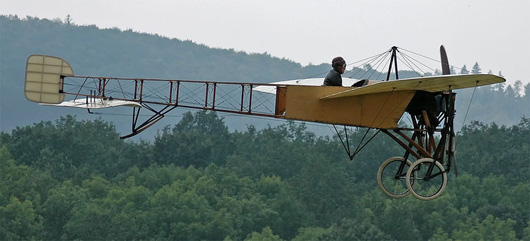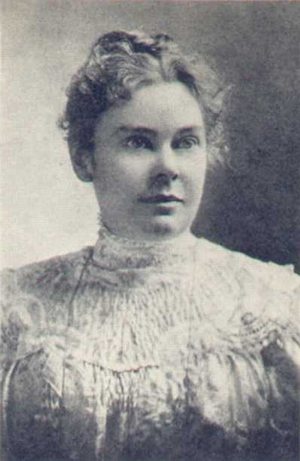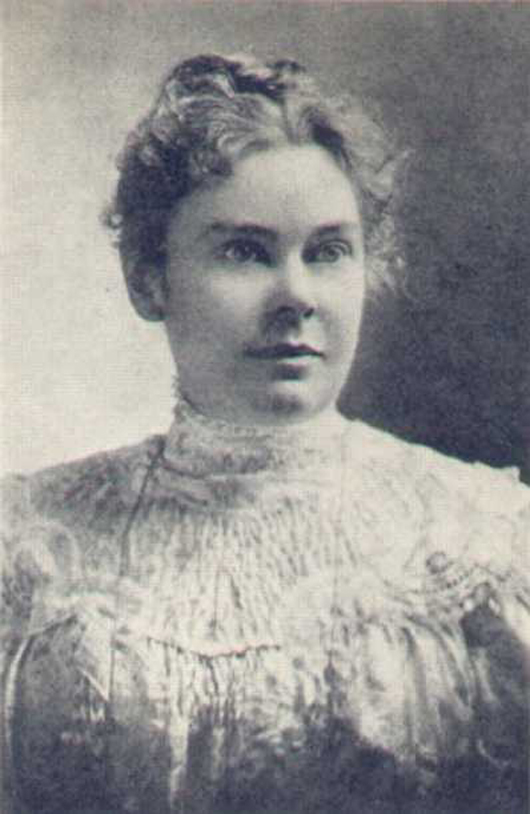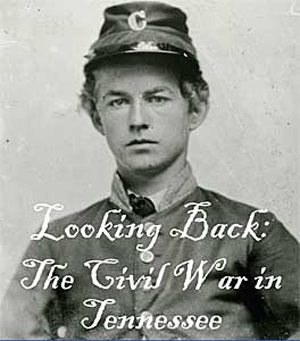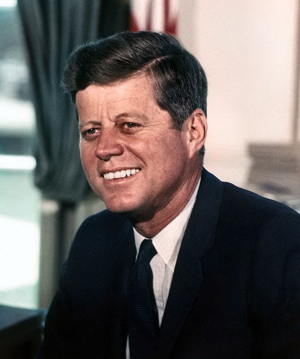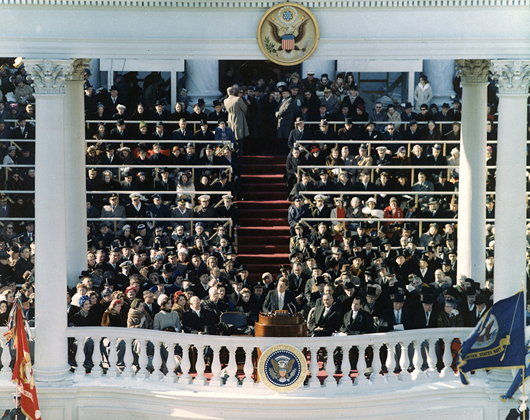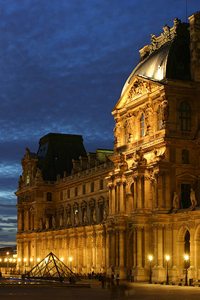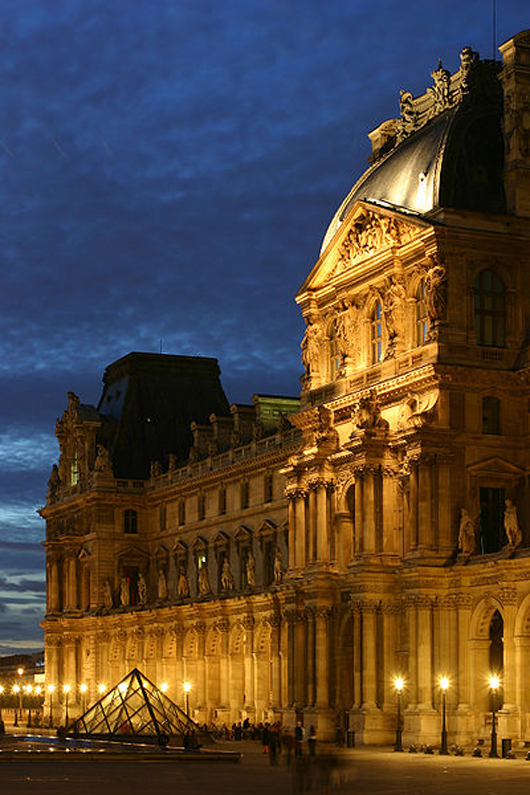NEWARK, N.J. (AP) – The New Jersey Historical Society has sold one of its prized possessions – an incredibly rare, hand-colored map of the United States from 1784 – because the Newark institution is hard up for cash.
But in the museum world, some experts are calling the sale unethical because museums are not supposed to sell their treasures to raise money.
The Abel Buell map, which brought in almost $2.1 million at the Christie’s auction, was described by a cartography expert as “one of the most coveted of all American maps.”
It is the first map of the United States published in America, the first that features an American flag and the first map copyrighted in America, according to the Christie’s catalog. Even so, the society sold this piece of history last month, one of several dozen items from its collection it has sold or plans to sell. It will use the proceeds to pay off its $2.6 million debt.
Some critics say the sale of the map, held by the society since 1862 and described by Christie’s as pristine, is a violation of the code of ethics by which museums live. That code says pieces of a museum, library or historical society’s collections may only be sold to purchase additional items, not to pay for ordinary expenses like heat or debt service.
“It’s horrifying,” said Stanley Katz, director of the Princeton University Center for Arts and Cultural Policy Studies.
“They are not violating any law, but they are violating the moral duty of a public institution to preserve its collection,” Katz said. “There is no argument for selling this map. It’s a major map, for a society whose strength is in the early period. It’s indefensible.”
At two Christie’s auctions set for next week in Manhattan, another 20 items from the historical society’s collection will be on the block, including a 120-piece dinner service used by a New Jersey governor to entertain President Martin Van Buren and a portrait of George Washington attributed to New Jersey artist Charles B. Lawrence.
These lots, expected to fetch several thousand dollars each, are not in the same range as the Buell map, which one Christie official described as “spectacular.”
According to the catalog, the historical society can expect to reap anywhere from $86,000 to $146,000 from the upcoming three sales.
The historical society board determined the items to be auctioned are not critical to the evolving mission of the society, which will focus more on educational and research and library services and less on producing “large scale museum exhibitions,” board president John Zinn said.
“All of these things were acquired many years ago and have limited connection to New Jersey history,” Zinn said.
Zinn said the society must retire its debt in order to continue operating.
The historical society has been hurt by recent state budget cuts. It received $290,900 and $293,310 in state funds last year and 2009, but it received no grant for this fiscal year.
But selling pieces of a permanent collection – or de-accessioning, in the parlance of the museum world – to pay for operations violates the ethics code of the American Association of Museums. A museum is permitted to de-accession only to provide funds for the acquisition of other items or for the direct care of collections, according to that accrediting body.
There is sympathy for the historical society and other institutions that have been harmed by the ongoing economic turmoil. Marc Mappen, retired executive director of the New Jersey Historical Commission, compared the situation to medical triage.
“You have to establish priorities, and you have to consider the survival of your institution,” Mappen said. “Things are so bad for museums right now, funds are low and fund-raising so difficult,” he said. “I think there is some understanding that they have to do this to survive.”
Mappen conceded that selling off items that have been donated to the institution could hurt future donations. “But if you go under, nobody’s going to give you anything either.”
___
Information from: The Star-Ledger, http://www.nj.com/starledger
Copyright 2011 Associated Press. All rights reserved. This material may not be published, broadcast, rewritten, or redistributed.
AP-ES-01-13-11 1131EST


